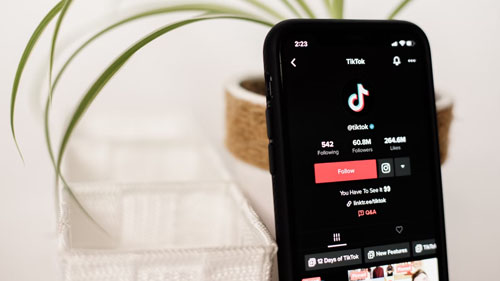10 Tips for Lowering Your Bounce Rate
Wednesday, October 5th, 2022

There is a lot of information out there on the internet about how to lower your bounce rate.
And while some of that information is good, a lot of it is bad. The reason for this? People don’t know what they’re talking about and/or are trying to sell you something with their advice. The 10 tips listed below will teach you what works and doesn’t work when it comes to lowering your bounce rates. They’ll also show you how much work goes into creating an article like this one so make sure not only do these tips help but they actually save you time in the long run as well!
- Why are bounce rates important to your business
- What is a bounce rate and how do you calculate it
- Tips for lowering your bounce rate
Why are bounce rates important to your business
Bounce rates are important to your business because they show you how many people visit your site and then leave without engaging with anything else on it. This is bad for business because it means that people aren’t sticking around to see what else you have to offer. And if people aren’t sticking around, that means they’re not likely to buy anything from you either.
That’s why it’s important to take measures to lower your bounce rate. One tactic is to include links on each page that lead to other parts of your site or blog. Another strategy is to use social media platforms like Twitter, Facebook, etc. as a way to drive traffic back onto your site after people have left it. It could also mean that you need to do a better job of converting site visitors into paying customers. It could also mean that you need to do a better job of converting site visitors into paying customers.
What is a bounce rate and how do you calculate it
A bounce rate is the percentage of single-page visits on your website. More specifically, it’s the percentage of people who visit one page and leave without clicking any links or taking any other actions (for example, signing up for an email list). You can say it’s the percentage of people who arrive on your homepage and immediately leave.
To calculate your own bounce rate, simply take the number of single-page visits and divide that by total visits. For example: if 1 out of every 5 visitors leaves after viewing only one page, then you have a 20% bounce rate.

Tips for lowering your bounce rate
There are many different ways to increase the amount of time people spend on your website. Here are ten great tips to help you do just that:
- Improve website speed
- Write better headlines
- Use engaging images and videos
- Include links on each page
- Incorporate social media platforms like Twitter, Facebook, etc. into your website design
- Optimize for mobile devices
- Using a website traffic bot to artificially increase your stats
- Showcase testimonials or other positive feedback from past customers or clients
- Include a call to action in every article or blog post you write
- Use keywords in your website’s meta tags.
This is just a shortlist of the many, many tips that people recommend for increasing website engagement and lowering bounce rates. The bottom line: your website design and content should be focused on keeping visitors engaged, which will ultimately lead to more conversions and higher revenue. If you’re not sure where to start improving your website, use Google Analytics to identify what’s getting in the way of engagement (like website speed or page load times) and take steps to correct it. Once you get started, you’ll see immediate results.
Pinpoint your target audience accurately—buy specialized web traffic for better conversion odds.

Conclusion
It is important to keep in mind that bounce rates are the percentage of single-page visits on your website. They show you how many people visit your site and then leave without engaging with anything else on it, which can be bad for business because this means they’re not sticking around to see what else you have to offer. To lower a bounce rate there are some things you can do like including links on each page that lead to other parts of your site or blog or using social media platforms like Twitter, Facebook, etc. as a way for driving traffic back onto your site after people have left it. If all of these sound intimidating and if want help enacting any of these principles let us know our team experts are ready and waiting!
Filed under: Tips & Tricks
Exclusive Offer!
1,500,000 Points for $110 $68. If you're running low on points — don't miss out
limited time